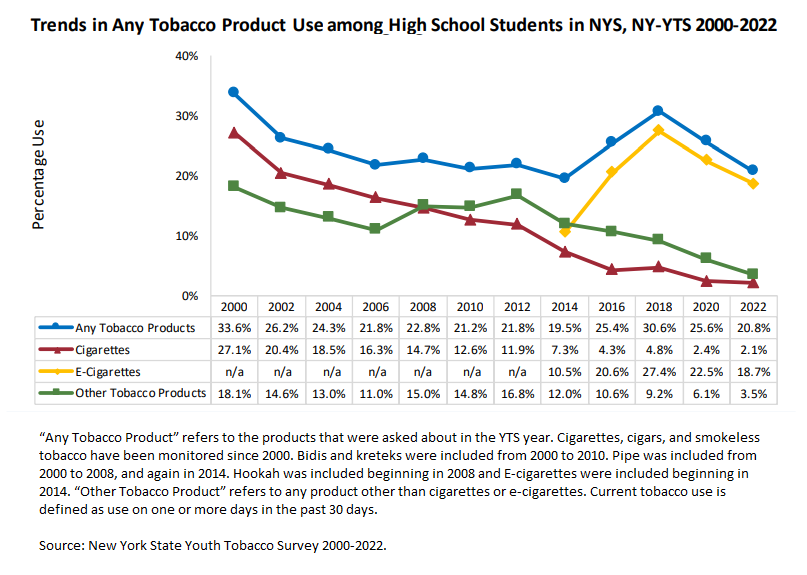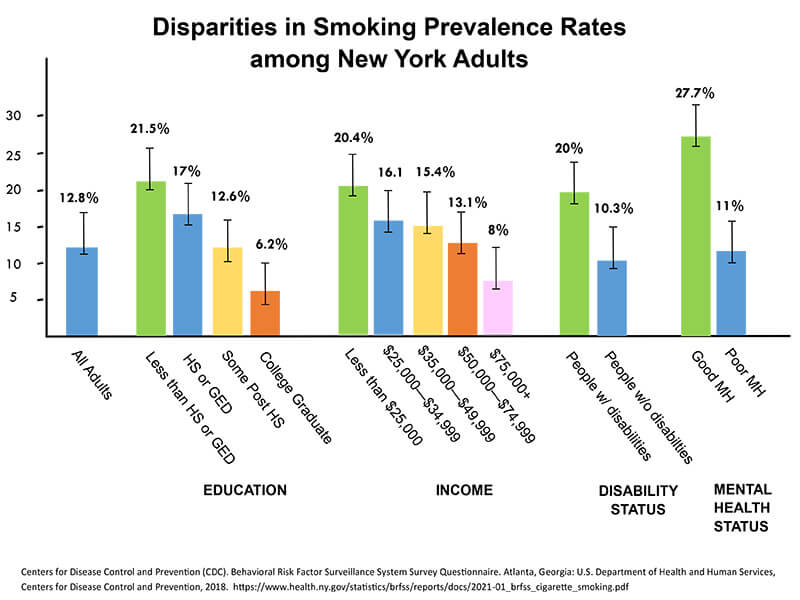Tobacco not only harms the health of people, it also endangers the health of the environment.
From production and processing to transportation and consumption, the tobacco industry damages the environment through its misuse of our land, water and air. Post consumption, the negative impacts continue as the widespread littering of cigarette butts, e-cigarettes and tobacco packaging have led to polluted waterways and soil, harming aquatic life, other animals and plant growth. The facts are alarming.
The FACTS
Globally, the tobacco industry:
- Chops down approximately 600 million trees. On average each tree produces enough paper for 15 packs of cigarettes. As of 2022, tobacco farming is responsible for 5% of all global deforestation.
- Uses over 22 billion cubic meters of water to grow tobacco, often in countries where the water supply is already stressed.
- Releases an estimated 80 million tons of CO2, equivalent to one-fifth of the CO2 produced by the commercial airline industry each year.
Cigarette butts
- 4.5 trillion cigarettes butts are discarded per year worldwide, making them one of the most littered items in the world.
- Cigarette butts consist of filters made of cellulose acetate, a type of plastic that is not biodegradable except in severe conditions.
- Since the 1950s cigarette companies have been adding plastic filters to cigarettes, marketing them as a way to make cigarettes safer, which they did not. They, in fact, made cigarettes more dangerous by allowing for easier inhaling and encouraging more frequent puffing. More than 90% of cigarettes have these plastic filters, which break down into microplastics that litter our beaches and waterways. Microplastic accumulation can cause starvation and death in aquatic creatures such as turtles by reducing their urge to eat.
- Cigarette butts also contain the remnants of smoked tobacco which contain toxic chemicals that biodegrade into the environment.
E-cigarettes
- Every second 4.5 disposable e-cigarettes are thrown away in the U.S. That means in a year over 141 million disposable vapes trash our environment.
- E-cigarette components include:
- non-biodegradable plastics that turn into microplastics over time and can get into our water sources, aquatic life and into humans
- nicotine – an acute hazardous waste, which means it can be fatal to humans and animals in low doses
- heavy metals like lead, nickel and cadmium, which are hazardous when they leach into soil and water sources.
- lithium-ion batteries that can explode or start fires
- It is very difficult to take apart the component of disposable e-cigarettes, making it especially difficult to recycle.
Awareness ads created by Capital Region high school students to illustrate that tobacco harms wildlife, leads to deforestation and threatens the health of our planet.
“Nothing used for a day or two should pollute our environment for hundreds of years.”
– Lucas Gutterman, Director, Designed to Last Campaign
What can be done?
Cleanup efforts are helpful, but they are not enough to combat the effect of littered tobacco. To combat environmental waste created by cigarettes and e-cigarettes, we need to reduce tobacco use overall.
You can support the movement to reduce tobacco use by:
- Building awareness about the impact of tobacco on the environment
- Learning about our other initiatives to create a healthier Capital District
- Going to our Take Action page to get involved
- Connect your friends and family who smoke or vape to free resources at the NYS Quitline to help them quit
And of course, more needs to be done to solve the pressing problem of disposable vapes, which cannot be safely or easily recycled. Communities should not have to bear the cost of disposing of these toxic, hazardous products. Policymakers and the public need to come together to find lasting solutions.








 To the left is a typical tobacco product display. If you don’t use tobacco, you may not even notice, but kids do. Kids see. Kids notice. Kids remember. In fact, kids are more than twice as likely as adults to notice and remember retail tobacco marketing.
To the left is a typical tobacco product display. If you don’t use tobacco, you may not even notice, but kids do. Kids see. Kids notice. Kids remember. In fact, kids are more than twice as likely as adults to notice and remember retail tobacco marketing.